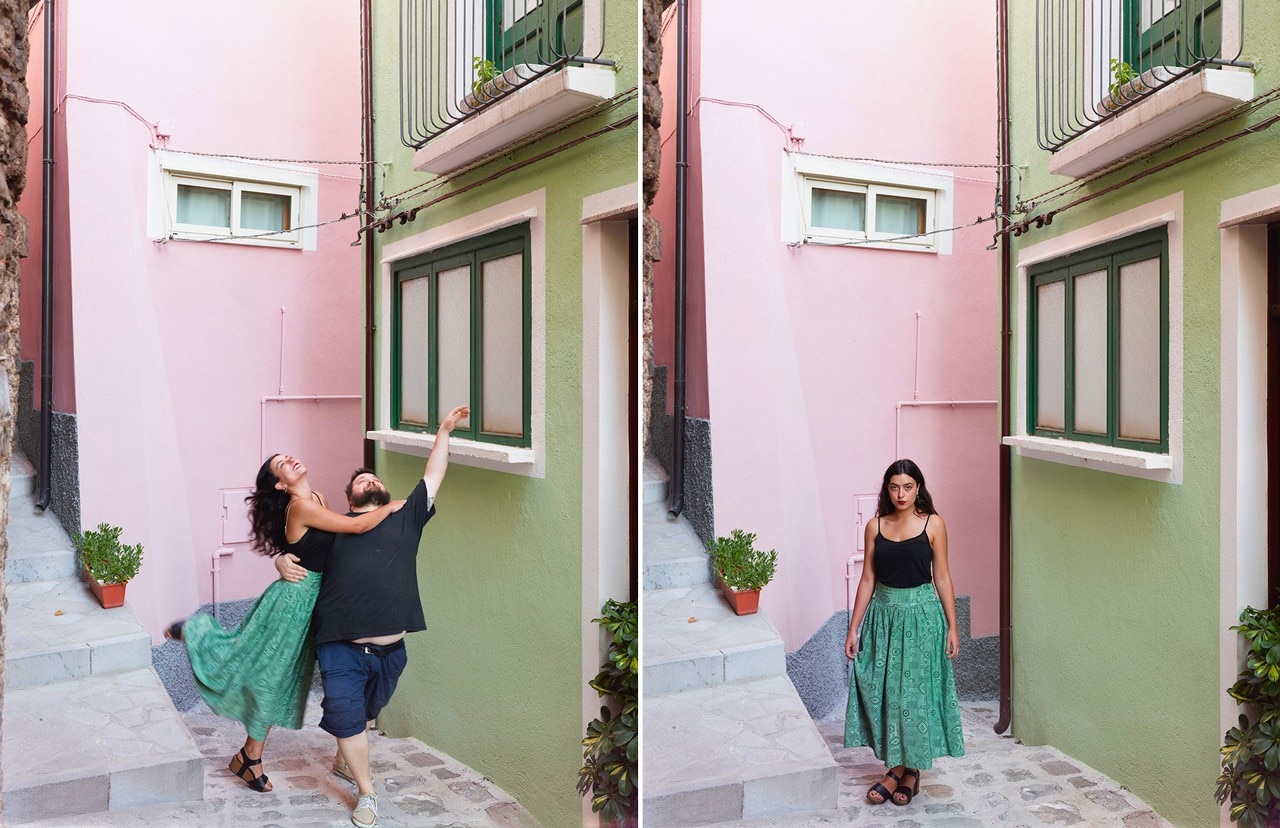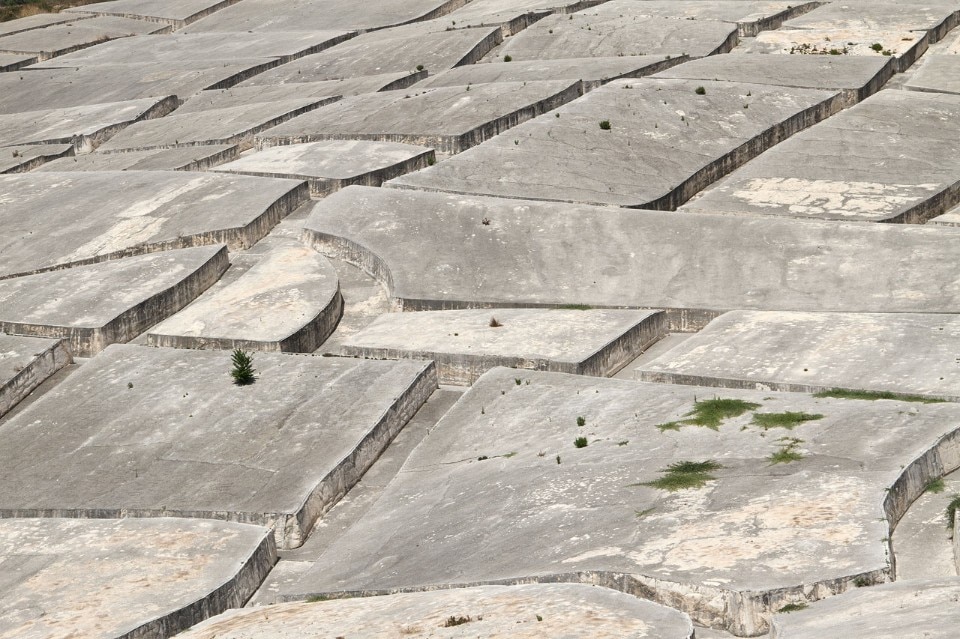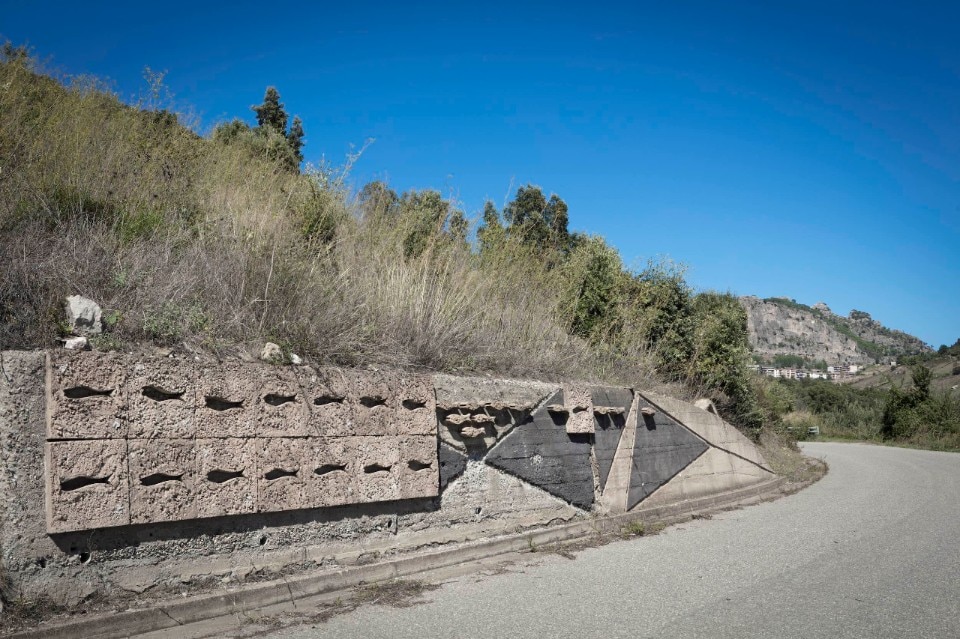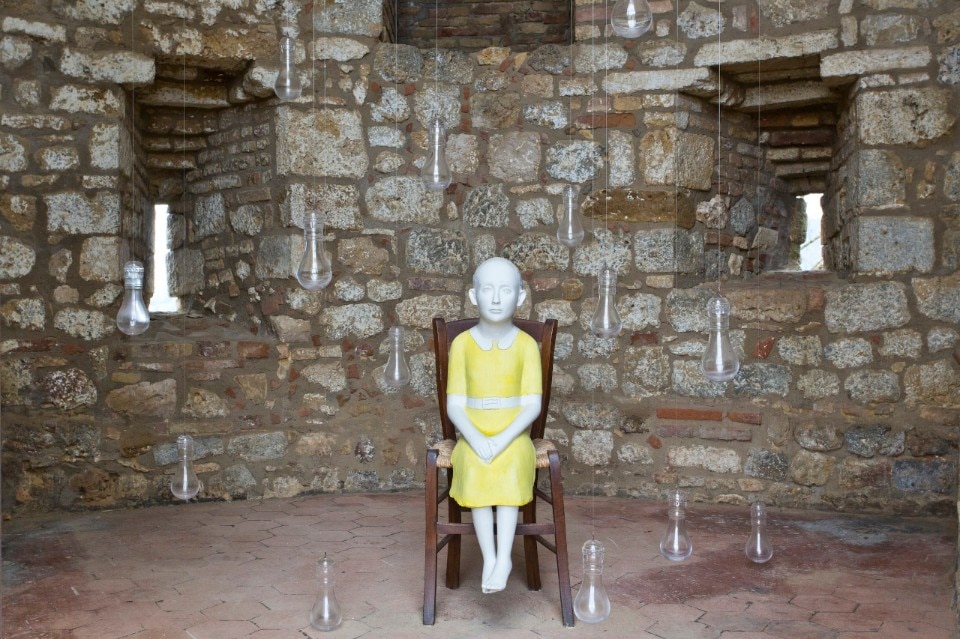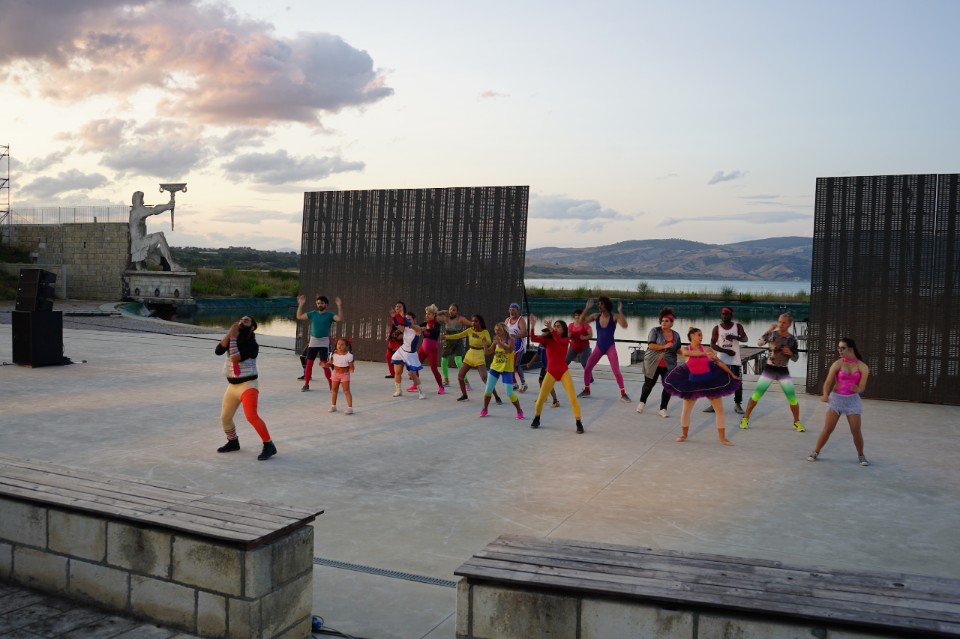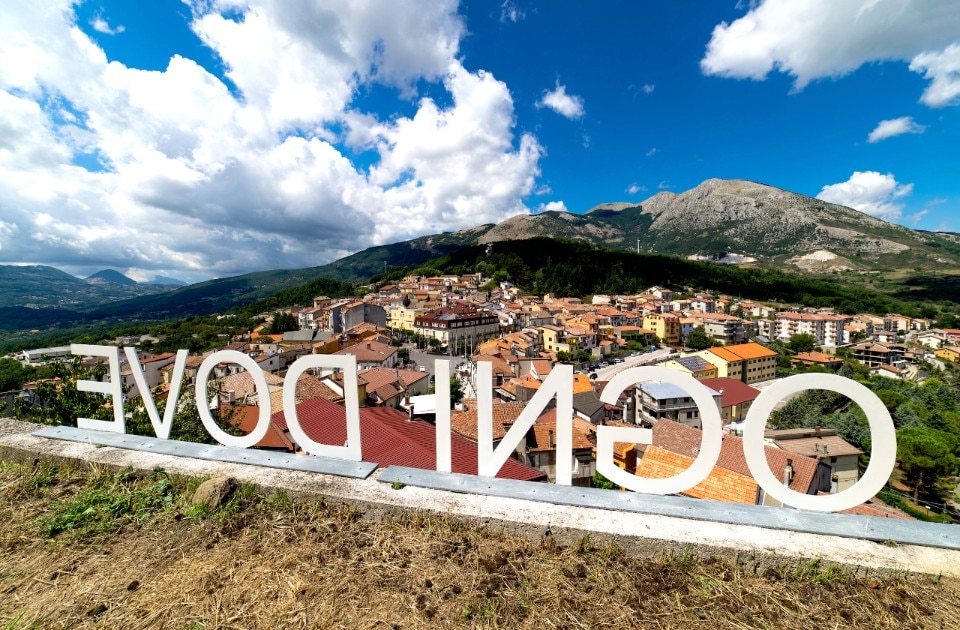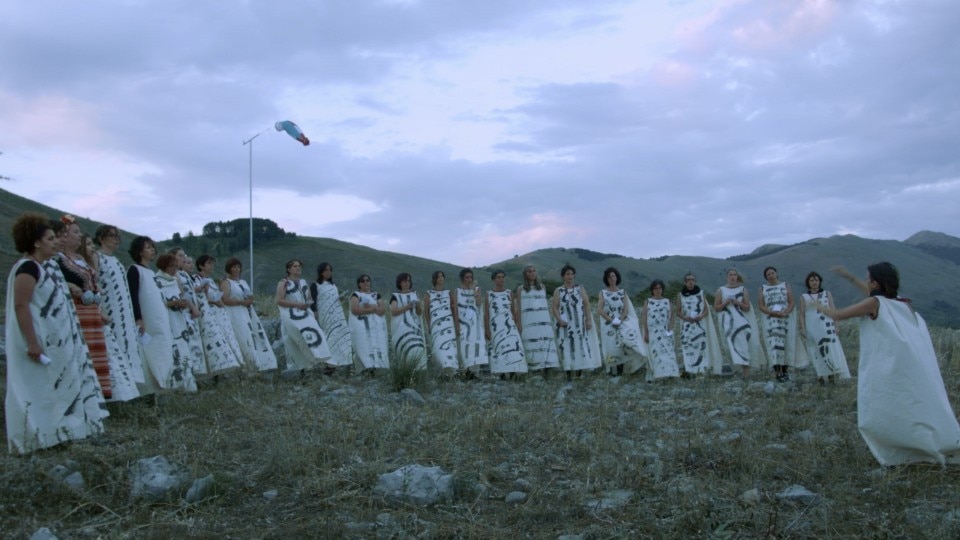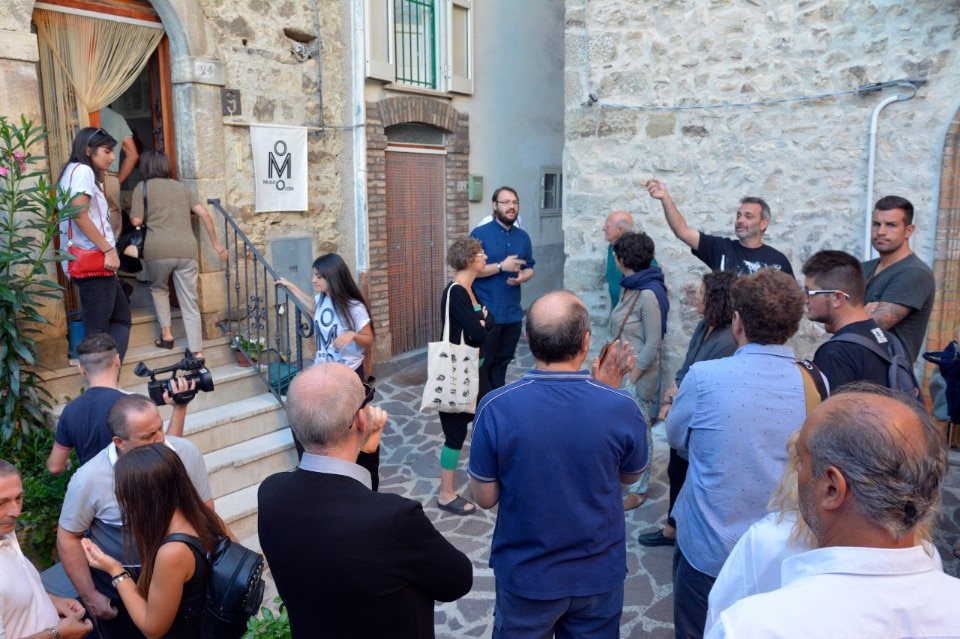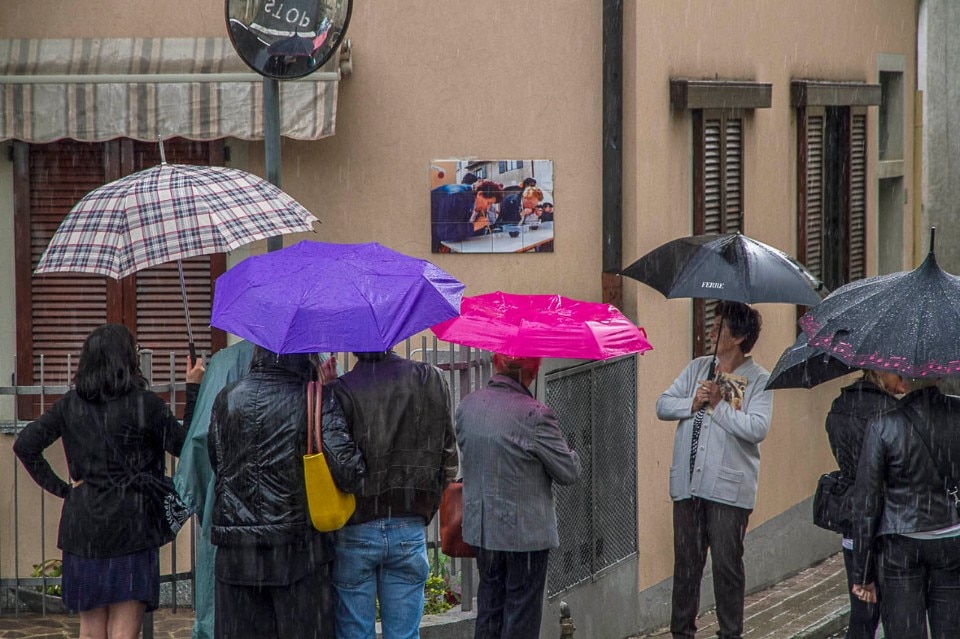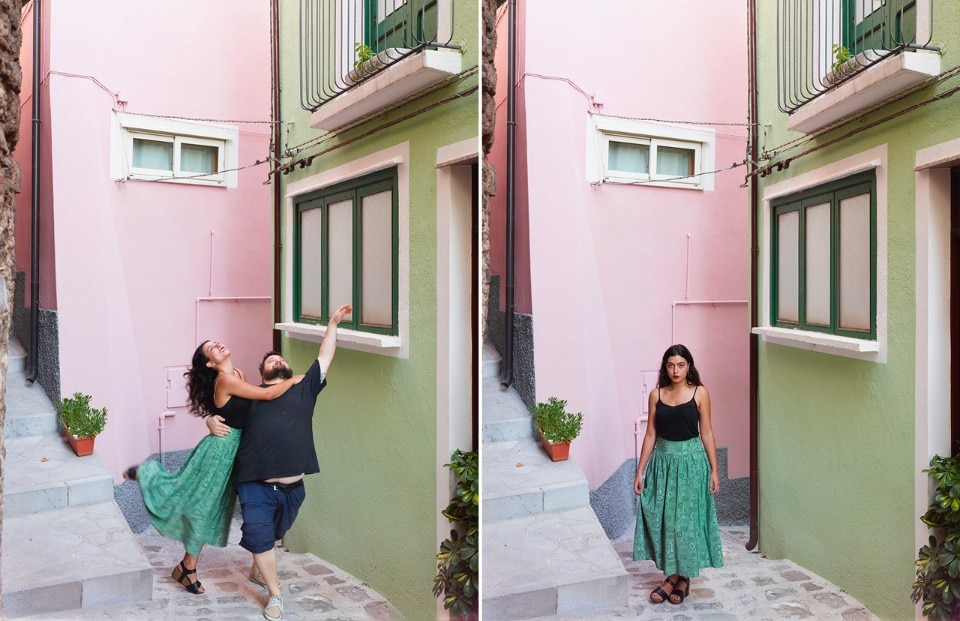When we think of art in public space, the first examples that come to mind are the works of art we see in big cities. However, Italy is a country characterized by small towns that offer a series of experiences that must be taken into consideration. The theme of small towns and rural areas has recently come back in vogue, partly because of Rem Koolhas’ studies on the countryside and Stefano Boeri’s recent statements supporting the need to re-inhabit these places. But beyond the enthusiasm for rural and bucolic scenarios, it is necessary to come to terms with the real life conditions in this areas. In Italy, this topic has been a subject of reflection for quite some time now: in 2013, the Ministry for Territorial Cohesion created the SNAI (National Strategy for Internal Areas) which targets “those territories that are at a significant distance from centres with essential service provisions (education, health and transport), rich in important environmental and cultural resources and highly diversified [...] A significant part of the Internal Areas has gradually been affected by severe phenomena of marginalization” and depopulation since World War II.
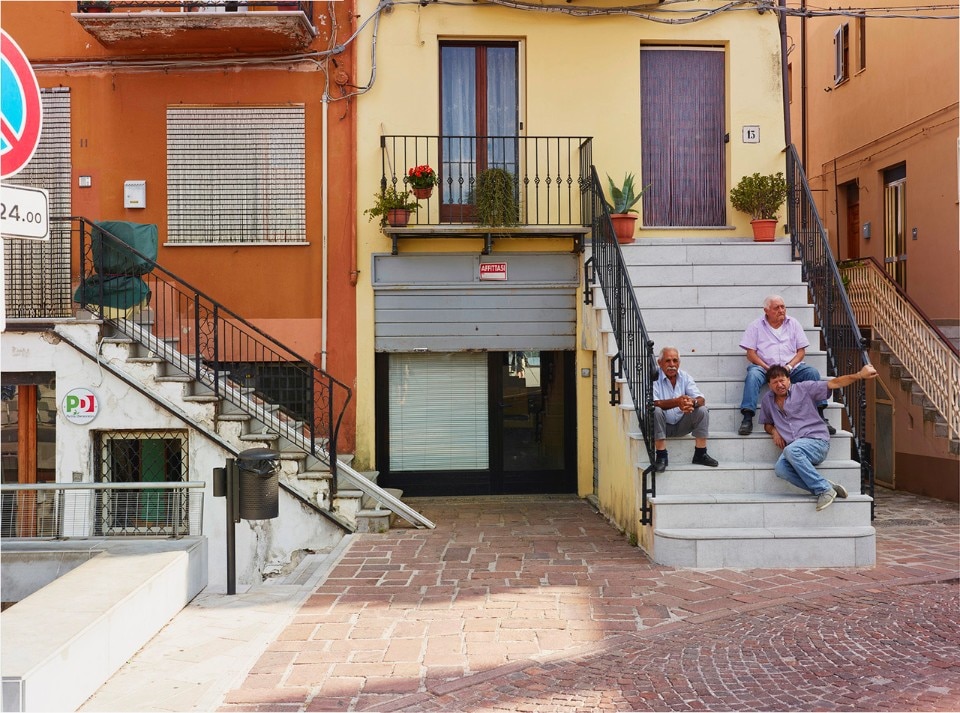
A lot of research has been carried out on the subject. From an architectural point of view, we should remember, for example, Mario Cucinella’s Arcipelago Italia, and many other cultural initiatives, the latest being the Alp Project recently launched by FAI. Perhaps, we should ask ourselves what contribution was made by artists and organizations linked to the world of contemporary art in these marginal areas. Retracing a brief history of this kind of experiences could show not only how art has intrinsically changed its approach to public space over the years, but also how in these areas it initially aimed at creating physical cultural and touristic itineraries, which “have become one of the main tools for cultural enhancement” (as Carmen Vitale argues, speaking in particular of internal areas), then gradually started involving more communities and enhancing the intangible cultural heritage.
The theme of small towns and rural areas has recently come back in vogue. But beyond the enthusiasm for rural and bucolic scenarios, it is necessary to come to terms with the real life conditions in this areas
Let’s start with the Sicilian small town of Gibellina, and move to Ulassai in Sardinia, San Gimignano and the surrounding area with the “Arte all’Arte” experience. Let’s visit Abruzzo with the Guilmi Art Project, move to Basilicata and Calabria to experience ArtePollino, then let’s go to Latronico to visit “A cielo aperto”, then to Cilento to meet Associazione Jazzi, and finally finish our tour with the work of Matteo Rubbi in Solza, a small town not far from Bergamo.
These are not operations that have led to an unsustainable economic and touristic satellite activities, as it happened for example on Lake Iseo at the time of Christo’s “The Floating Piers”. On the contrary, in more recent years, many artists have started working on artistic experiences that focus on fitting in and binding to a cultural fabric that is much different than the one with which contemporary art is used to work with. Moreover, they are becoming an instrument to enhance the intangible cultural heritage because they are taking on a new function that could be defined as maieutic.


